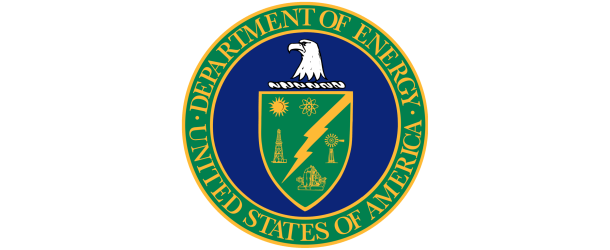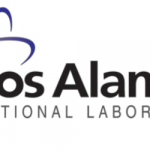The National Quantum Information Science Research Centers

(QScience.org) The National Quantum Information Science Research Centers are driving the growth of the quantum workforce in the U.S. Through workshops, internships, apprenticeships, fellowships, and postdoctoral and visiting-faculty appointments, the centers recruit and train tomorrow’s quantum scientists, engineers, and technicians. By actively engaging students and young researchers in world-leading R&D, the centers are helping ensure a vibrant quantum community in the U.S. for decades to come.
Advances in quantum science and technology have the potential to revolutionize research. The U.S. Department of Energy (DOE) is at the forefront of this burgeoning field. Led by a DOE national laboratory, each National Quantum Information Science Research Center represents a partnership of labs, universities, and private companies. Together, the five centers are developing technologies that go beyond what was previously imaginable.
This PDF brochure, available for downloading here, provides a paragraph of information about each of the five national centers.
1 The Quantum Systems Accelerator (QSA) will catalyze national leadership in quantum infor–mation science to co-design the algorithms, quantum devices, and engineering solutions needed to deliver certified quantum advantage in scientific applications. Led by Lawrence Berkeley National Laboratory with lead partner Sandia National Laboratories, the QSA brings together dozens of scientists who are pioneers of many of today’s quantum capabilities from 15 institutions. The team pairs advanced quantum prototypes — based on neutral atoms, trapped ions, and superconducting circuits — with algorithms specifically designed for imperfect hardware to demonstrate optimal applications for each platform in scientific computing, materials science, and fundamental physics.
2 The Co-design Center for Quantum Advantage (C2QA) aims to overcome the limitations of today’s noisy intermediate scale quantum (NISQ) computer systems to achieve quantum advantage for scientific computations in high-energy, nuclear, chemical, and condensed matter physics. Its technology focus is superconducting microwave circuits and modules for quantum computation and hybrid superconducting/optical devices for quantum communication. The integrated five-year aspirational goal of C2QA is to deliver a factor of 10 improvement in software optimization, underlying materials and device properties, and quantum error correction, and to ensure these improvements combine to provide a factor of 1,000 improvement in appropriate metrics for computation and communication.
3 Q-NEXT brings together leading experts from national laboratories, academia and the private sector to develop the science and technology to control and distribute quantum information. The center develops technologies to enable: secure communication over long distances using quantum repeaters; quantum sensors to achieve unprecedented sensitivities; and processing and test beds for quantum simulators and future full-stack universal quantum computers. Q-NEXT will also create two national foundries for quantum materials, establish a first-ever National Quantum Devices Database for the standardization of next-generation quantum devices, and train the next-generation quantum workforce through innovative programs with industry, academia, and government.
4 The Quantum Science Center (QSC) performs cutting edge research at national laboratories, universities, and industry partners to overcome key roadblocks in quantum state resilience, controllability, and ultimately the scalability of quantum technologies. QSC researchers are designing materials that enable topological quantum computing; implementing new quan-tum sensors to characterize topological states and detect dark matter; and designing quan-tum algorithms and simulations to provide a greater understanding of quantum materials, chemistry, and quantum field theories. These innovations will enable the QSC, headquar–tered at ORNL, to accelerate information processing, explore the previously unmeasurable, and better predict quantum performance across technologies.
5 The Superconducting Quantum Materials and Systems Center (SQMS) brings together part- ners from national laboratories, academia, and industry to make revolutionary advances in quantum information science, including the building and deployment of the first quantum computer at Fermilab. A key SQMS goal is to extend the ‘coherence time’ of quantum states – the lifetime of a qubit or a quantum sensor. Building on a world-record coherence time, demonstrated at Fermilab in superconducting devices, and drawing on world-class expertise in materials science, condensed matter physics, particle physics, and computational science, SQMS will deliver new national QIS platforms for scientific discovery.



















